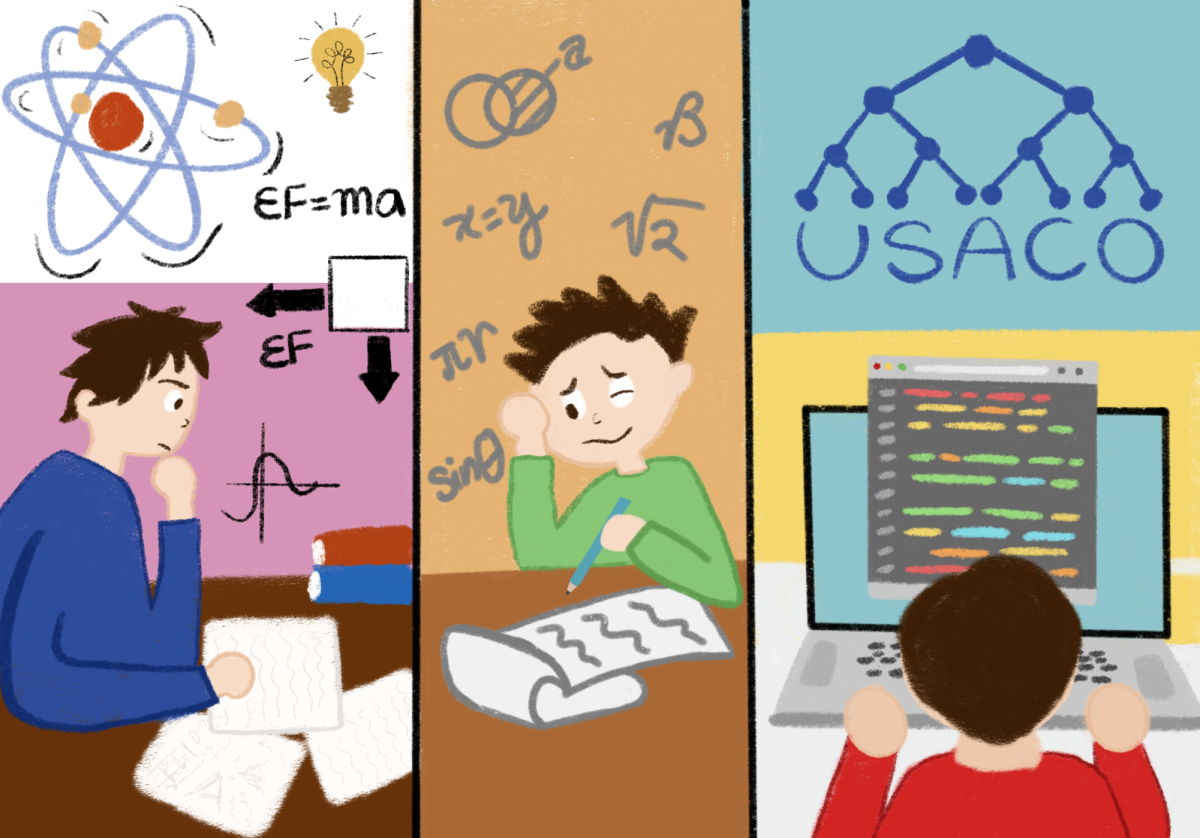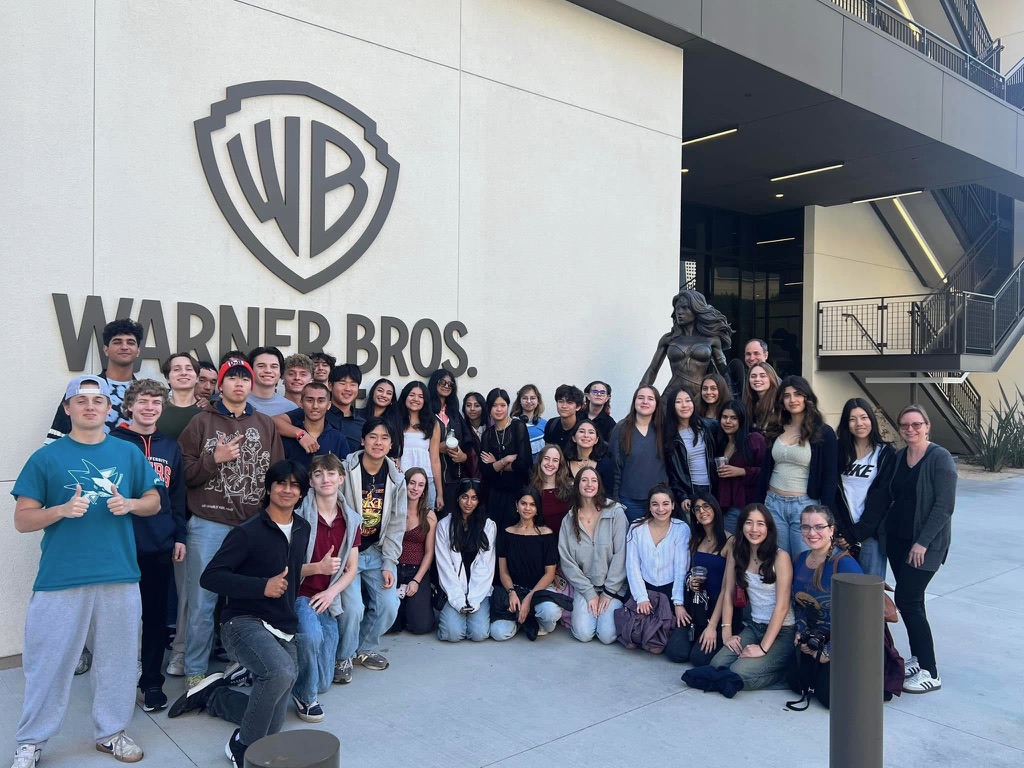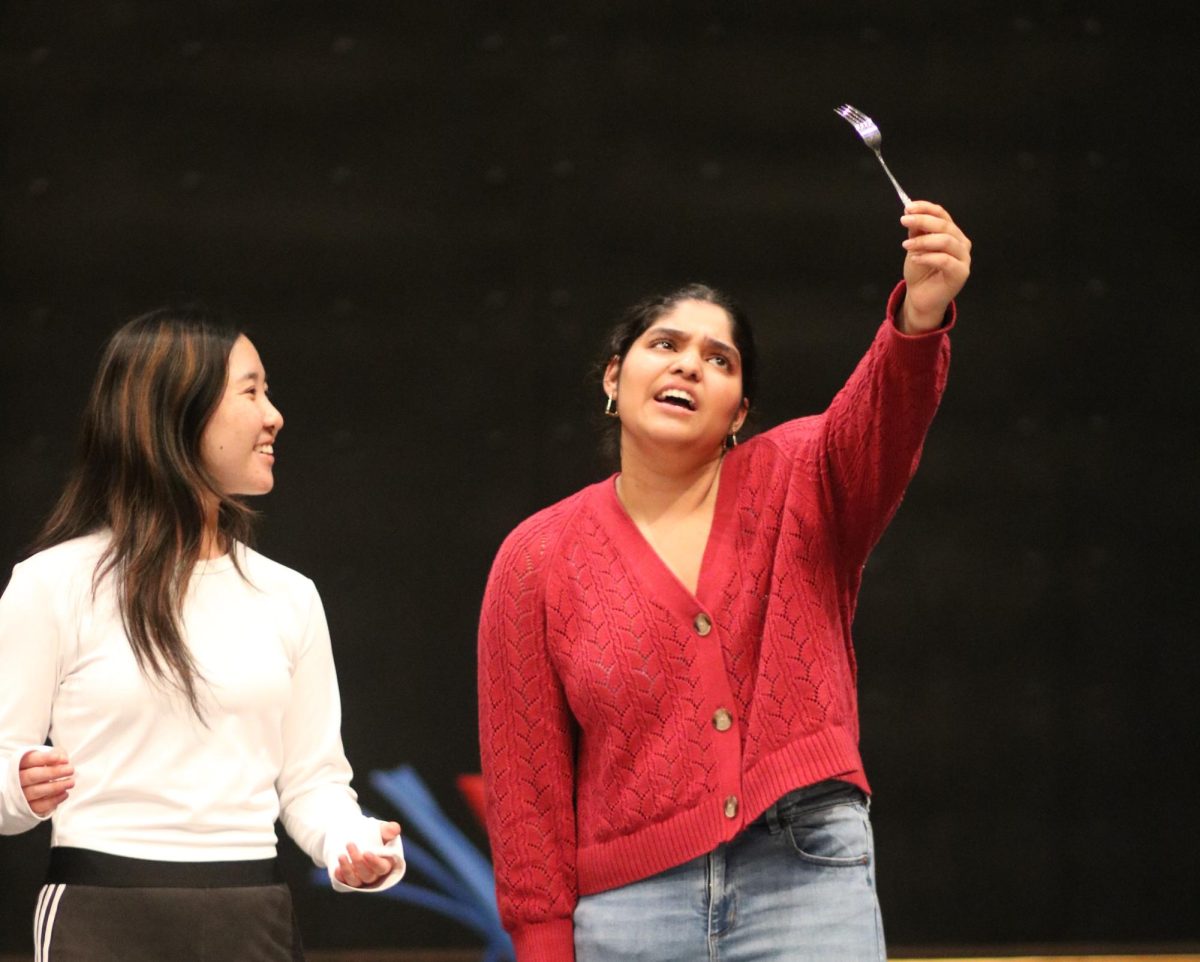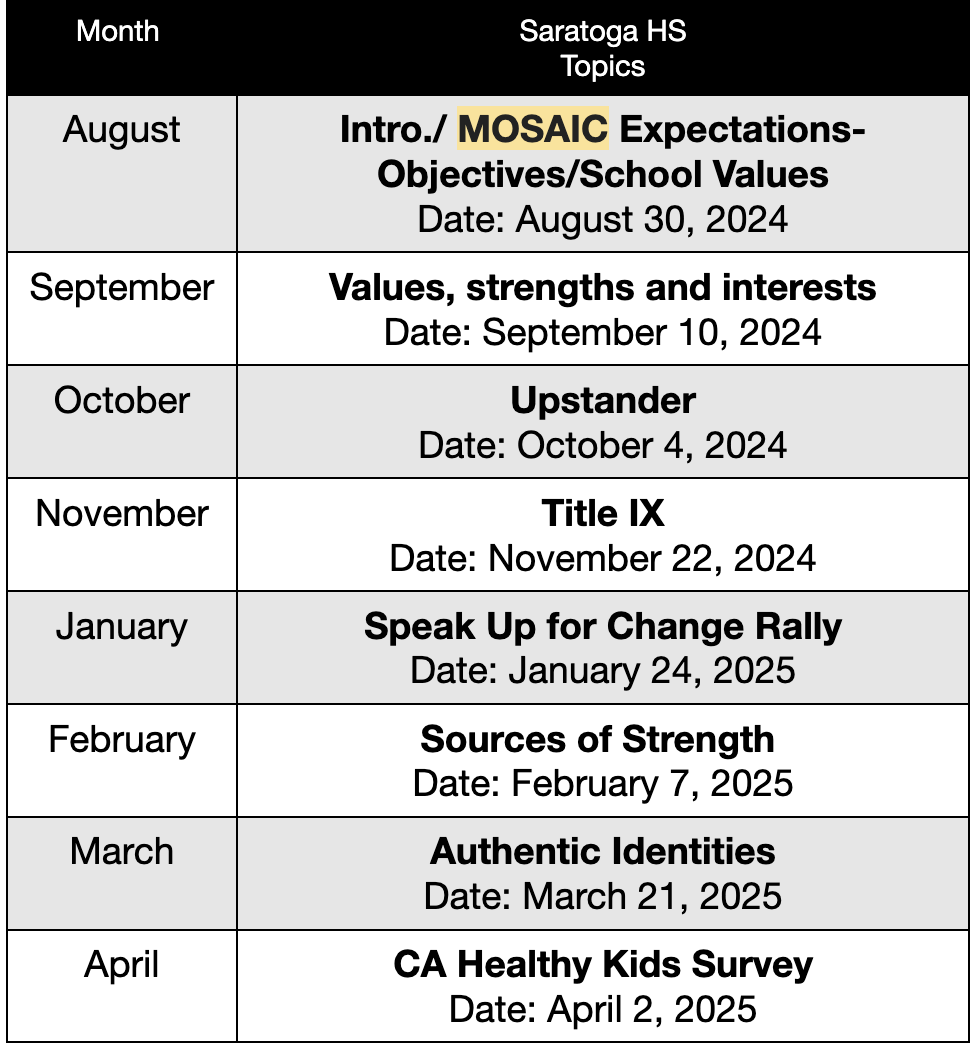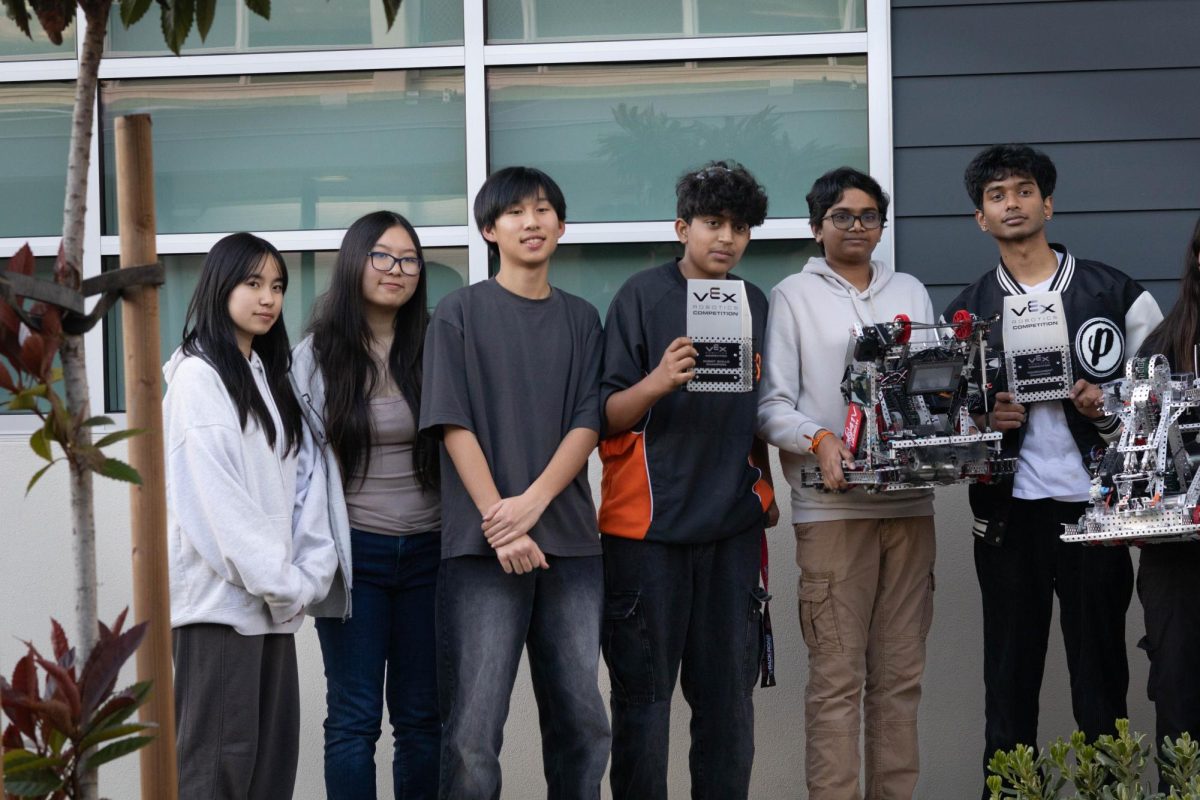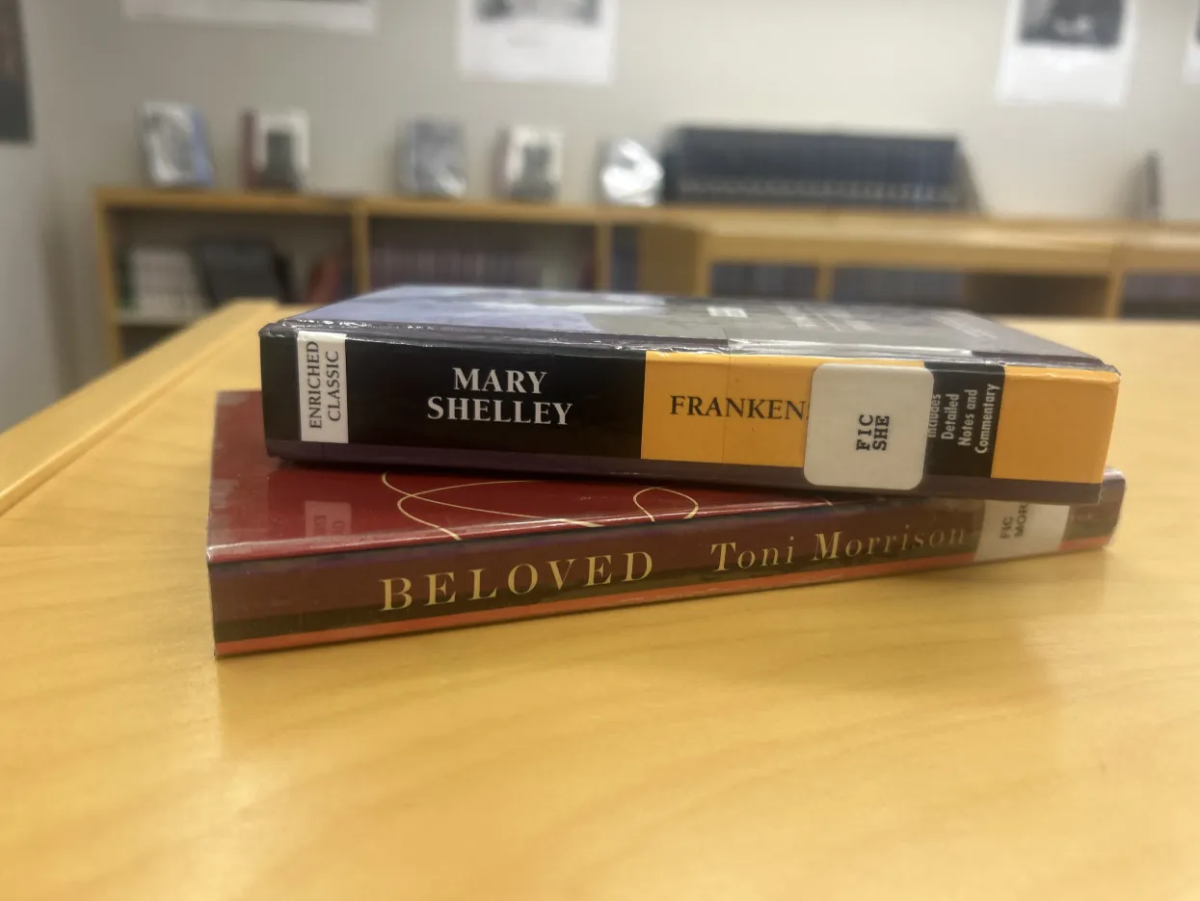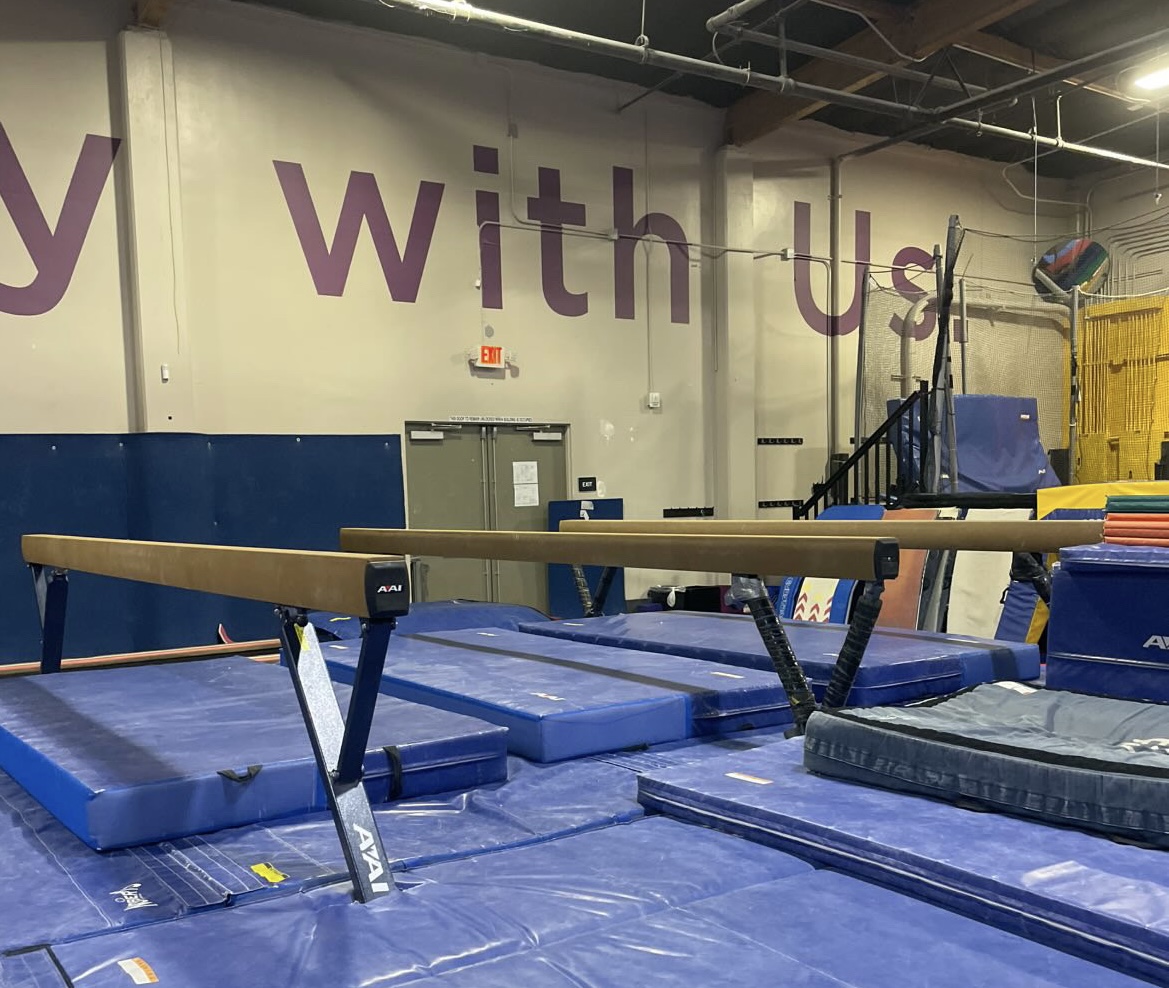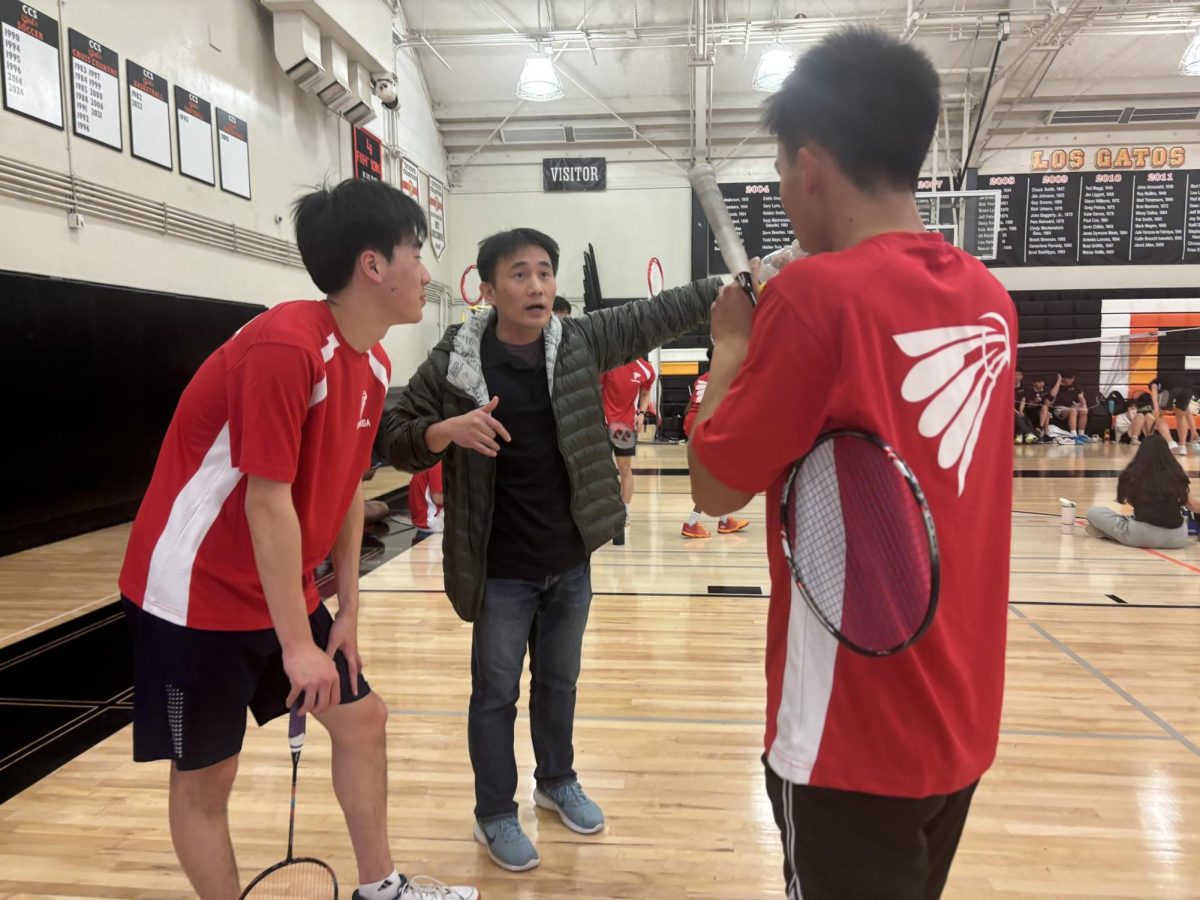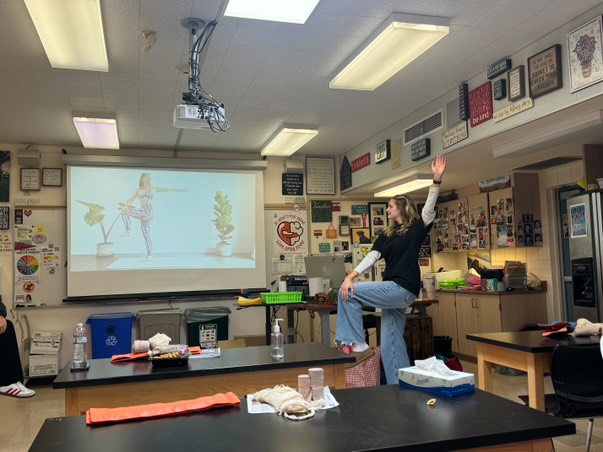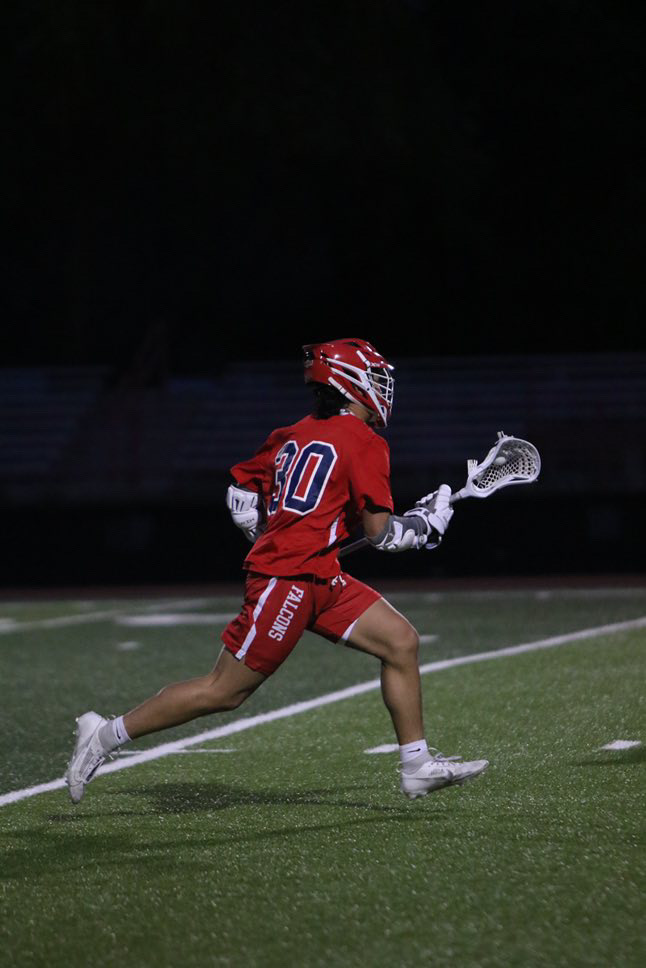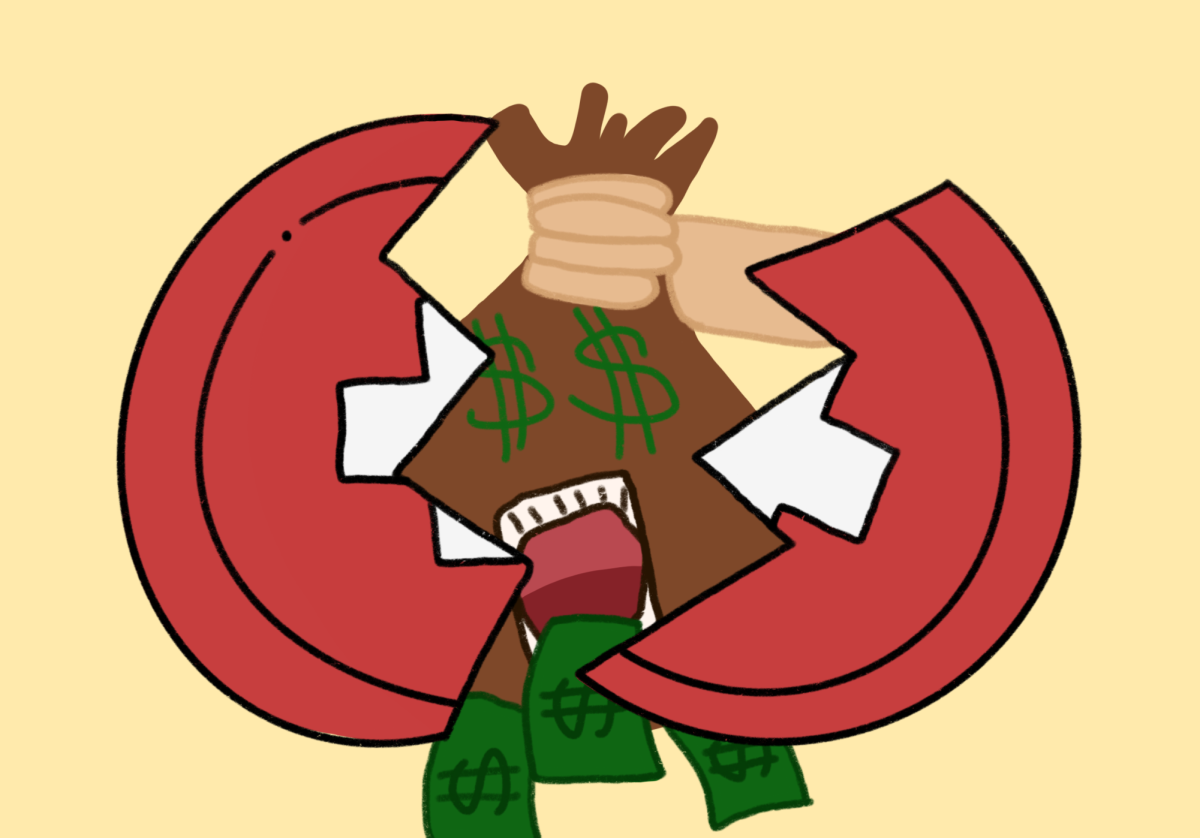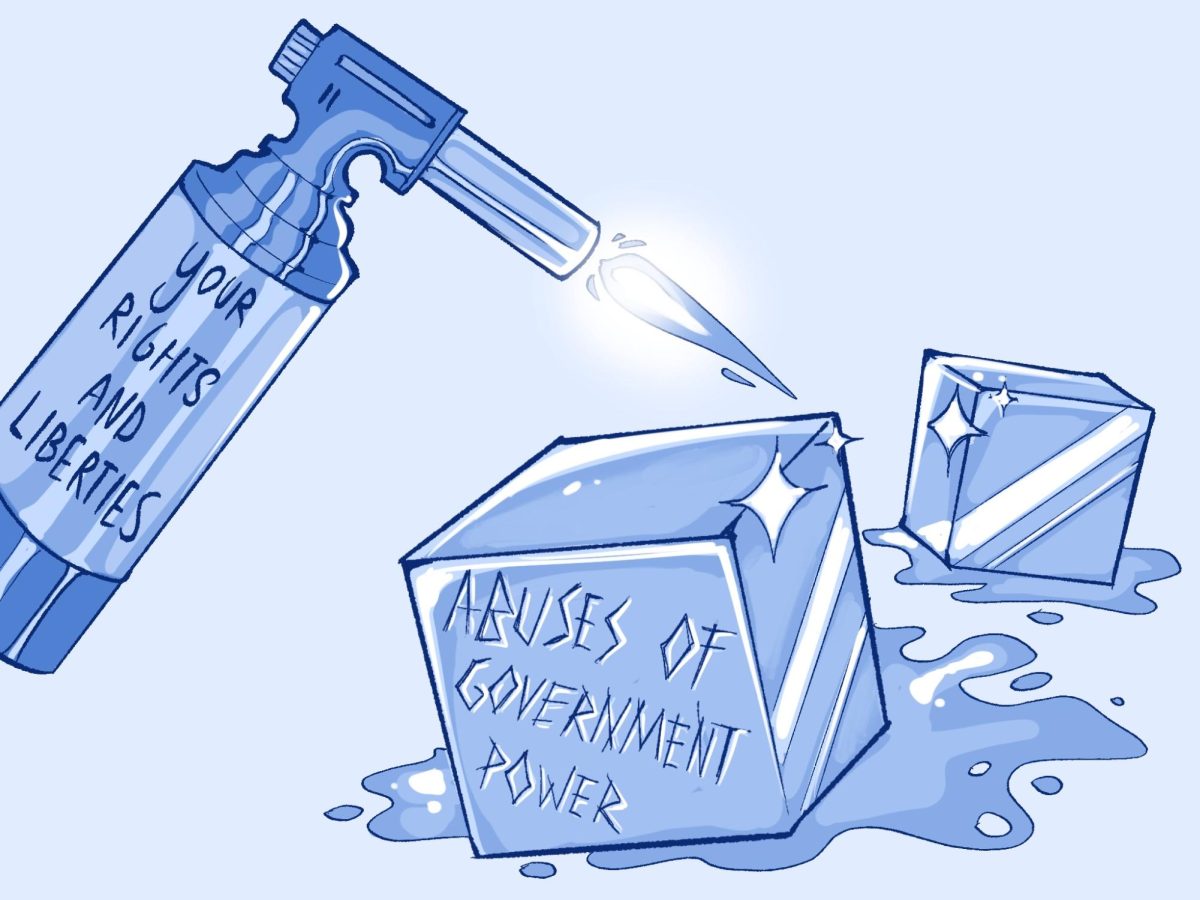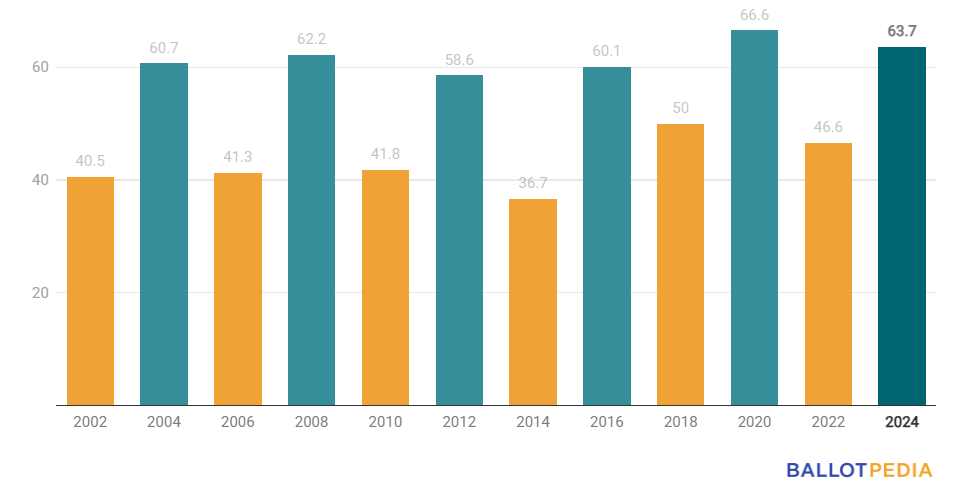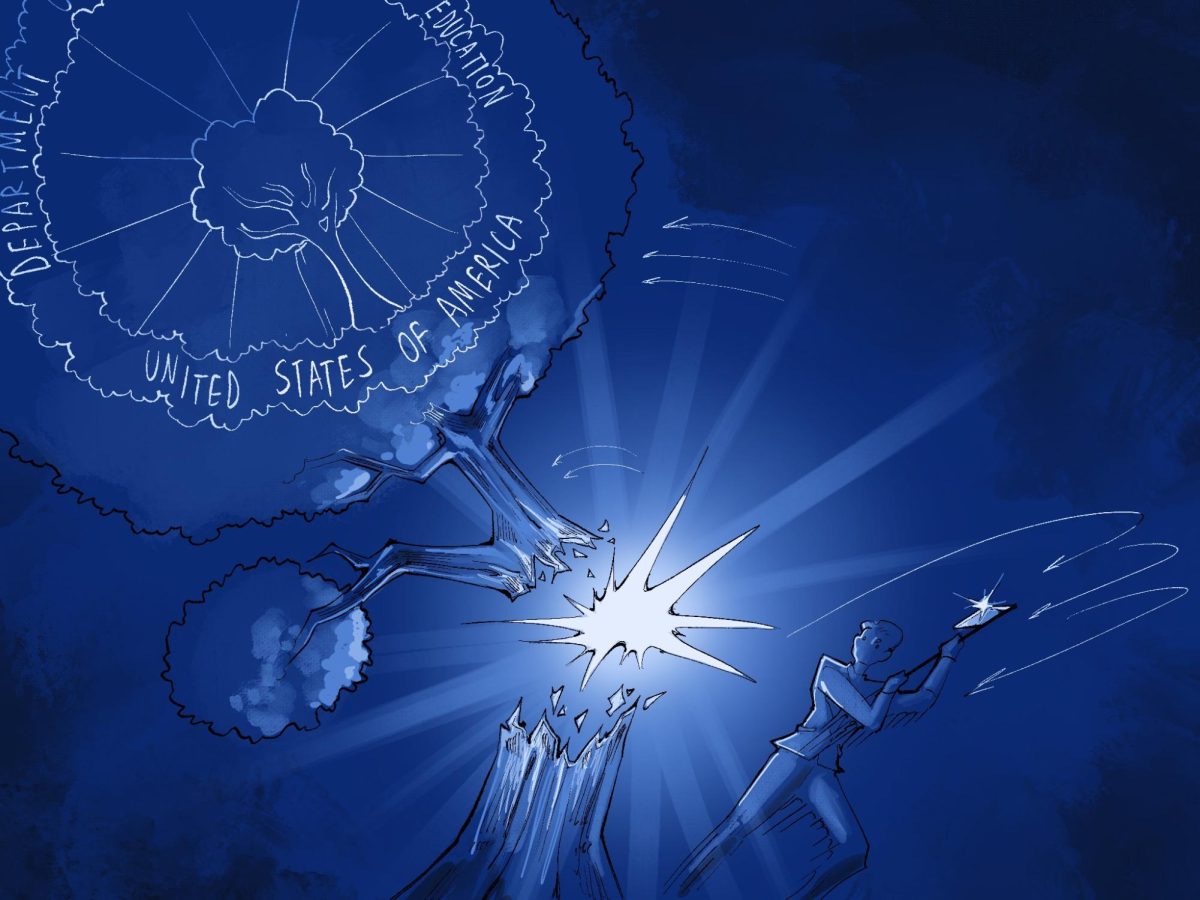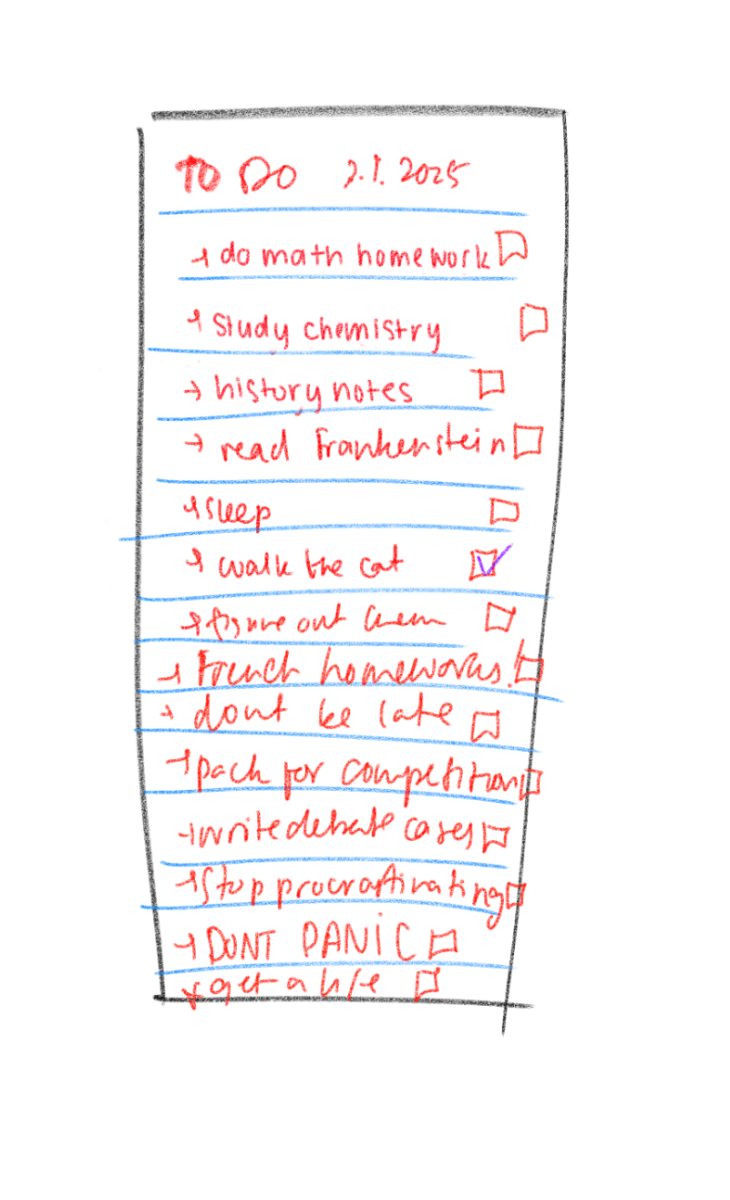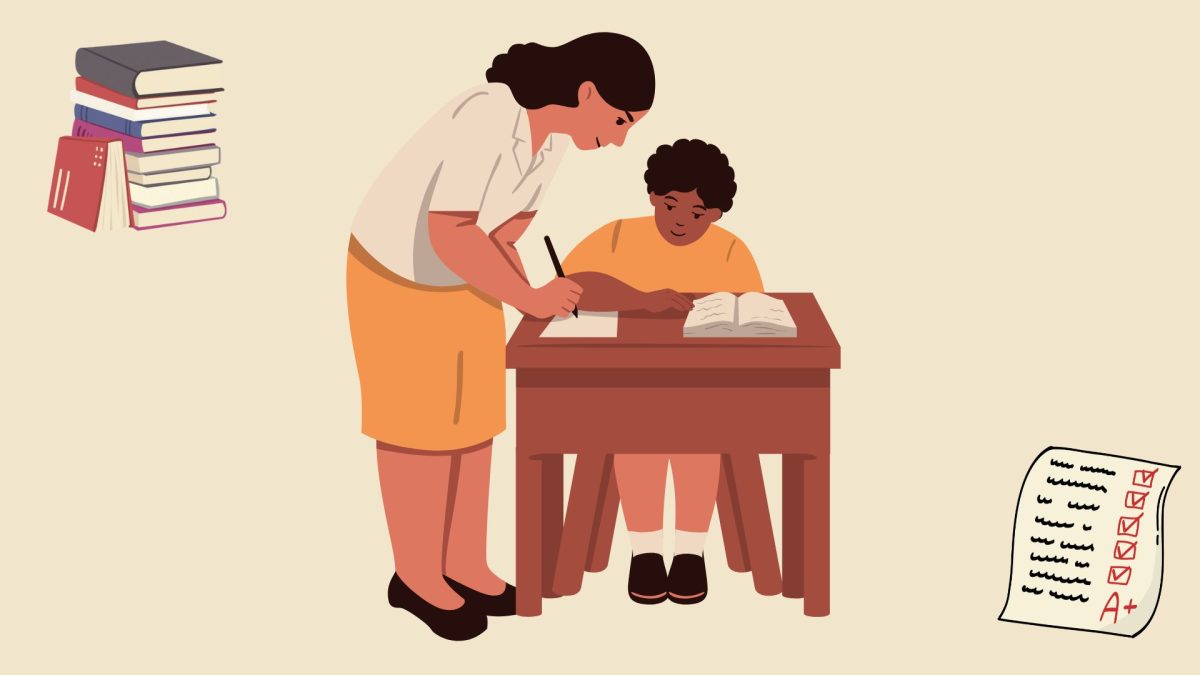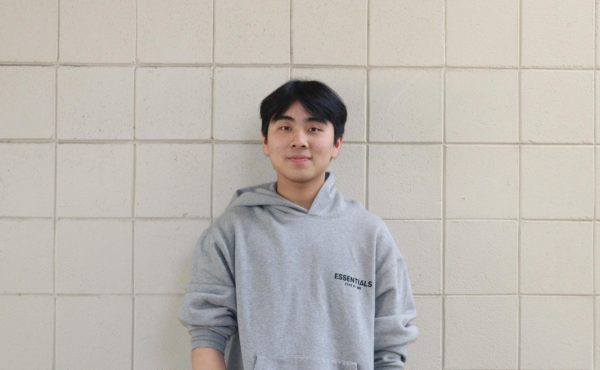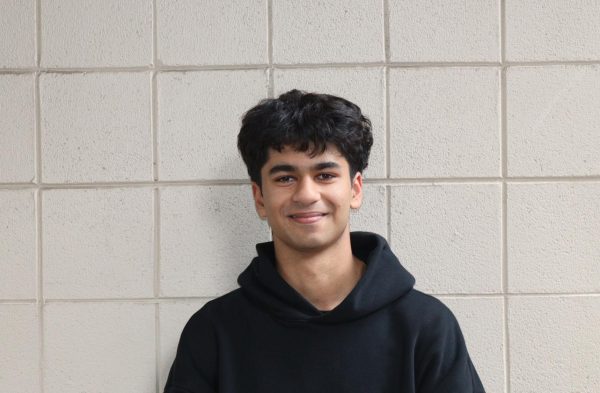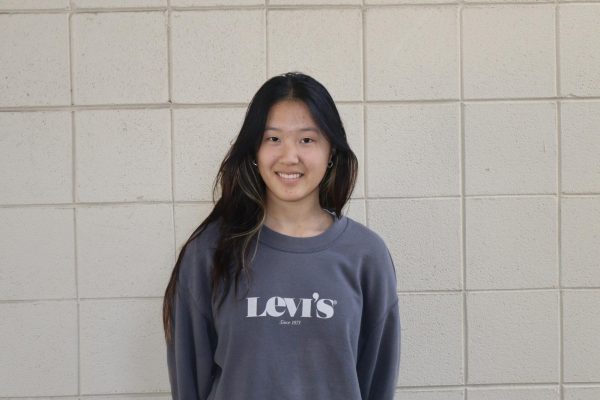Junior Brady Liang, a 4-year USA Coding Olympiad (USACO) participant, is determined to reach the highest division — Platinum — before he graduates. He is preparing rigorously by practicing common Java algorithms and reviewing his past mistakes.
Junior Max Rombakh hopes to qualify for the USA Physics Olympiad. After missing the qualifying cutoff score on his first prerequisite test in February 2024, Rombakh is now studying for his second attempt by reviewing his weaker physics topics.
Alan Lu, in his final year of high school, hopes to qualify for the USA Math Olympiad one last time. Lu has spent much of his senior year focusing more on college tournaments, such as at Berkeley and Stanford.
Although each competitor harbors a different interest, they all share the willingness to compete due to their heartfelt enjoyment of their subject.
In the quiet environment of such solo competitions, students spend countless hours alone in rigorous preparation. Every victory for them is personal, and each loss pushes them to work harder. Compared to team competitions, where some are driven by their teammates, each student feels Olympiads — as solo competitions — are driven purely by individual passion.
Liang’s programming pursuit of (USACO) Platinum nears the last stretch
Programming has been a strong passion of Liang’s since early middle school, and he began attempting the USACO in seventh grade. At the time, Liang didn’t know many coding basics, such as data structures or simple code syntax, but he has since improved by practicing problems from past tests. Liang estimates he spends about 7-8 hours per week doing practice problems.
USACO has four divisions. Competitors start at the bronze division and can advance to silver, gold and platinum, and Liang is ranked in the gold division. There are also promotions, which take place in a competition when someone surpasses a cutoff score.
According to Liang, the promotion percentage was “very, very difficult last year” as fewer than 3% of participants got promoted.
While there is no USACO club at SHS, Liang receives help from external organizations, such as X-Camp, which provides him with work problems and helps him improve over time through practice with problems that better reflect the tests.
“You can create an account from anywhere and then just sit at home and eat snacks while you’re competing. It’s very easy to get into,” Liang said.
Unable to reach platinum this past February and March, Liang has set his sights on the promotion during December. Thus far, he has not been able to make it past the cutoff threshold for Platinum, scoring 200 out of the 750 points required to pass to the next level. Regardless, Liang is determined to continue working hard.
Rombakh’s goal to qualify for USAPhO awaits upcoming results
Rombakh has loved physics for years. He finds a strong fervor in the subject due to its relation to the world around him and how it helps him understand it. The different approaches to problems and their unique structure were what drove him to begin studying physics in the first place.
In physics, Rombakh enjoys the mesh of both equations and application, as he feels he’s strong in math and physical principles. To him, physics is beautiful.
Rombakh is pursuing his primary academic goal of competing in the USA Physics Olympiad (USAPhO). To qualify for this competition, students must first score above a cut-off number in the F=ma exam — the prerequisite test hosted by the American Association of Physics Teachers.
The competition, hosted on Feb. 12 this year, tested students on their understanding of classical mechanics, such as kinematics or Newton’s laws. A month after the test, Rombakh felt optimistic about his chances and found out he qualified, scoring 16, one above the cutoff score for qualification, which is 15.
Rombakh prepared for the exam by reviewing each physics topic in-depth, analyzing past problems he got incorrect and finding the correct problem-solving techniques. Rombakh prioritizes studying alone for periods of 1-2 hours at a time to avoid burnout.
Rombakh believes that one needs to understand how physics differs from other sciences to understand the unique aspects of the subject, compared to other Olympiad topics. While he believes that a thorough understanding of equations and physics principles is key, he finds the largest difference in how the problems in the pre-requisite exam are all real-world mechanisms.
“In physics, you can play out how it [the problem] works in your head, and that guides you in solving your equations, unlike other subjects,” Rombakh said. “For example, mathematics relies on your equations or logic; biology is purely reasoning with the facts you already know. Physics combines that, but you already know the answer.”.
Lu’s 7-year journey in mathematics ends with competing in national competitions
While both USAPhO and USACO have many participants, the USA Math Olympiad (USAMO) is the most popular Olympiad at SHS due to a large number of students in the math club who participate. Around 500 students from Canada and the US qualify each year. Typically, 1-3 Saratoga students qualify.
However, to qualify for USAMO, students must score well in several prior competitions.
First, a competitor must score in an undisclosed percentile on the American Math Competition (AMC) for either AMC 10 or AMC 12, for up to sophomores and seniors, respectively. Then, they must do the same on the American Invitational Mathematics Examination (AIME). If they meet a certain score (the sum of their AIME score tenfold and either their AMC 10 or 12 score), they either qualify for the Junior Mathematical Olympiad (if they took the AMC 10) or the more prestigious USAMO (if they took the AMC 12).
Lu began competing in math competitions in middle school because of the math club and its welcoming community. For him, the problem-solving aspect of math appeals to him and helps him to think outside of the box and recognize patterns.
“Math Olympiads are another caliber of difficulty on the problem-solving scale, which makes it stand out,” Lu said. “I can’t say for certain, because I have only done physics and computer science [in addition to math Olympiads], but in math, you can push the problem-solving ideas to the limits.”
Lu, who has been competing for seven years, qualified for AIME six times, JMO three times and USAMO once. This year, Lu competed at the Berkeley Math Tournament and the AMC 12, placing fourth in the team category out of over 4,000 competitors and scoring 132 out of 150 points, respectively.
While Lu is still competing this year, he has stopped preparing rigorously because his participation is mostly for fun. His goal was to qualify for USAMO, which he had already done last year.
“I’ve satisfied many of my goals in the past, especially with AIME and USAMO,” Lu said. “Now, I am really just focused on pursuing math in college, as I’ve always enjoyed it.”

